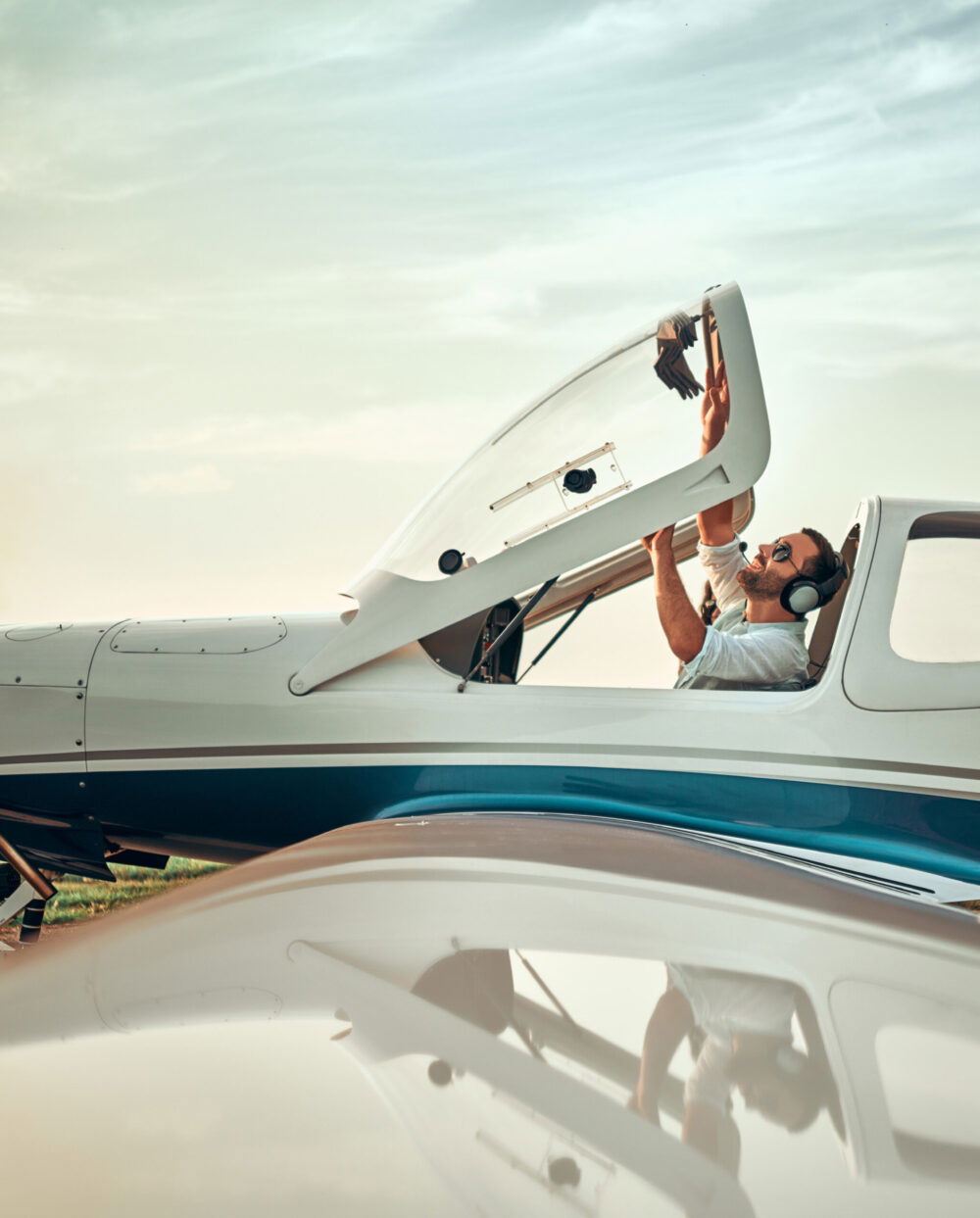While I love taking family trips in our airplane, I think I will always look forward to the occasional long, solo cross-country flight. There is something special about being aloft alone, probably because “alone” is the wrong word for describing the experience.
I just returned from a weekend excursion to Deer Isle, Maine. I have made the trip before, but this time there were no passengers, no dogs, and almost nothing in the baggage compartment. Annie, our Commander 114B, was light and lively, and the hum of her engine kept me company. So did her manifold pressure gauge, airspeed indicator, turn coordinator, and oil instruments. Let’s not forget the autopilot, ATC, other pilots on the radio, and all of those little aircraft icons popping up as traffic on the Garmin GTN 750. Pilots are almost never really alone—not in the northeast U.S., at least.
Flights like this remind me that there is always more to learn about your airplane. There might be an instrument in the panel that you have not used or a feature you have yet to try out. A couple of weeks ago, I finally got around to turning on Annie’s Strike Finder, which turned out to be a handy gadget. It confirmed what I had begun to suspect; I was flying toward worsening weather conditions that included lots of lighting. Time to divert.
On the recent Maine flight, I had time to experiment with different cruise power settings at altitudes ranging from 3,500 feet to 7,500 feet. The tailwind I had enjoyed since taking off grew stronger at higher altitudes, so at 7,500 I was able to reduce power to 60 percent from 75 percent while maintaining a true airspeed of 142 knots with a ground speed around 170 knots. After habitually running at 24 squared, I felt good about trying a variety of settings and ultimately burning far less fuel while making good time.
Flying solo also provides opportunities to review procedures, rehearse briefings, and practice radio calls aloud in a quiet, relaxed setting. A cabin full of passengers almost always raises the level of distraction significantly. Pilots can find themselves wearing several additional hats, including that of flight attendant, tour guide, and air marshal. It is all part of the job, and usually adds to the fun. I understand, though, why professional pilots often look forward to commanding an empty airplane on a positioning flight.
For private pilots in particular, a long solo can have a pleasing, meditative effect. For many of us, solitary time of any sort is rare enough that we almost begin to crave it. Work and family schedules also make it challenging to carve out time to fly regularly. Combining flight time and alone time feels like a big win. The view from several thousand feet up is stunning and always gives me a sense of wonder and good fortune. It is so clearly a privilege to be up there.
Coming down is also a treat. As a parent of teenagers, I almost never feel like “that cool guy.” But parking Annie on the ramp, stepping out onto the wing, and surveying my surroundings through Ray-Ban aviators briefly changes that, every time.




